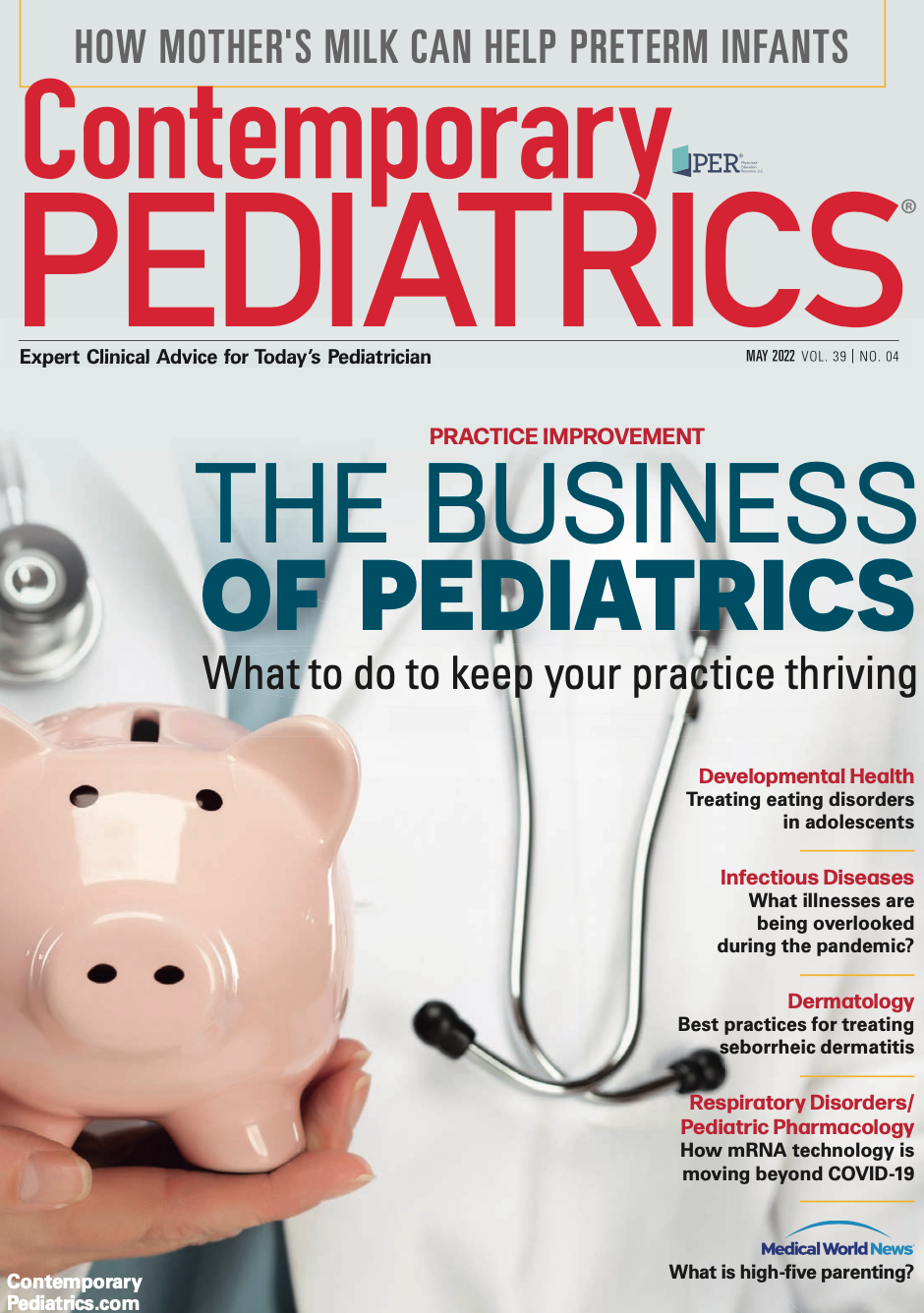Telehealth for pediatric well visits: Sometimes the best option
The pandemic highlighted how effective telemedicine can be for providing care at well visits.
During the early part of the COVID-19 pandemic, pediatricians realized that to reach families and continue to provide preventive care, including developmental, mental health, and social determinants of health screenings, they needed to embrace telehealth and meet families where they were: at home. What can and can’t be accomplished in a virtual visit? How can health care providers address access to care through the lens of health care disparities and equity? How do payment models affect care delivery?
Whereas technology has not yet allowed us to administer vaccines virtually, many aspects of a preventive visit lend themselves well to a virtual format. The well visit is meant to be part of a continuous conversation with patients and families to anticipate, identify, and address health care needs and promote wellness in a family-centered environment. Anticipatory guidance, screenings, discussion of patient/family priorities, and coordination of care are well suited to a telehealth visit. Telehealth may offer advantages, such as the ability to assess the home environment for issues such as safety, housing, and food insecurity. In addition, physical examination technology is rapidly evolving with the use of smartphones to assess vital signs and visualize key findings.
In the meantime, to make sure patients receive the care they need, starting a visit virtually and then identifying gaps that should be closed via an in-person visit may be used in a hybrid approach. Performing screenings and the “talking” part of a well visit can be accomplished virtually; practices can then choose to use extended hours (early morning and end of day) to allow patients to come in for more accurate growth and blood pressure measurements, targeted exams, and immunizations.
As we innovate for the future, our equity lens should be at the center of our focus. We need to design tools so that the patients who have the most difficulty accessing care are assured of high-quality medical help and improved outcomes. This might include tools that don’t require a high bandwidth or personal data usage, are designed with limited technology and health literacy in mind, and are available in multiple languages. It is often difficult for families to leave essential jobs and pull children out of school or day care for an in-person visit. During the height of the pandemic, some Medicaid managed care plans found that their well visit rates actually improved with the availability of telehealth. In addition, many families expressed that they were more comfortable staying on “their turf” rather than coming to a health care facility, which changes the power paradigm of who drives the visit. We should implement workflows that give families choices to make sure their children get the care they need.
During the pandemic, current fee-for-service models have rapidly exposed the problems with our health care system. If we did not need to focus on which care-delivery sites were adequately paid, we could turn our attention to delivering care in the format best suited for each situation, with consideration for family preferences. Unfortunately, no robust, value-based payment models are designed for pediatric needs. We must advocate for pediatric-specific payment models that address health promotion and illness prevention and show societal value (not simply cost savings in a short time frame, as per chronic disease/adult models). In the meantime, we need to advocate for continued payment parity of telehealth visits, including current procedural terminology codes that include well visits, and determine how to best provide care in an in-person, telehealth, or hybrid format.

Study: Pediatric type 1 diabetes families prefer virtual care and telehealth
September 14th 2023Surveys collected for a study published in the Canadian Journal of Diabetes revealed that desire for telehealth care amid pediatric diabetes families increased from the early onset of the COVID-19 pandemic, to more than 1 year later.